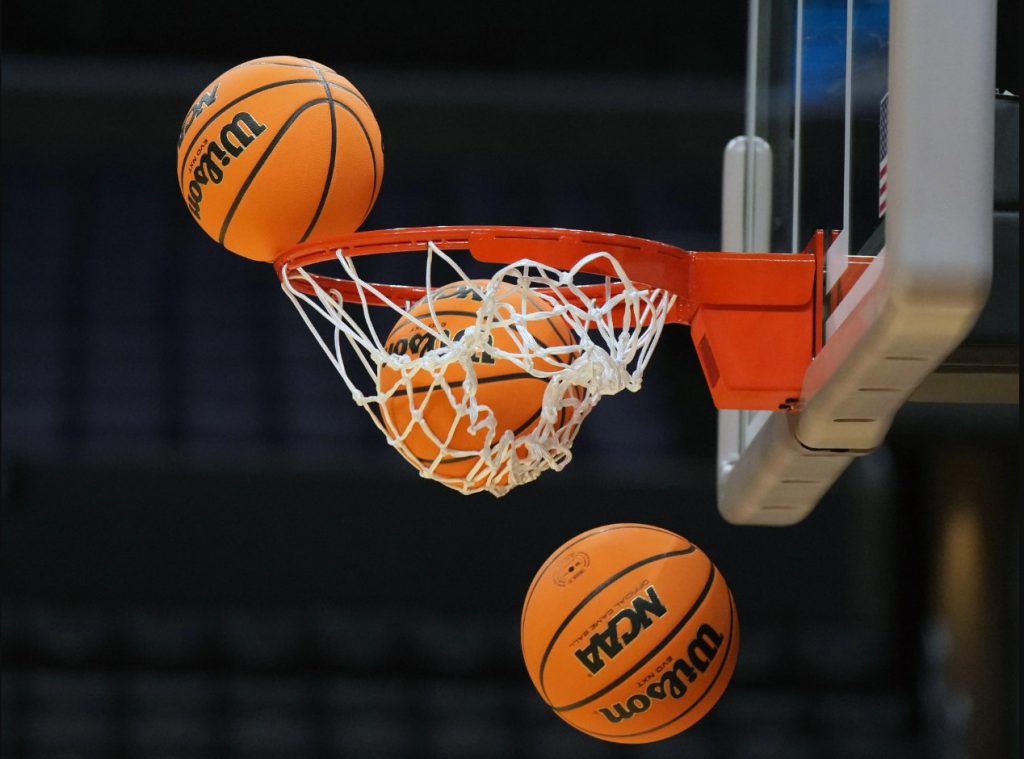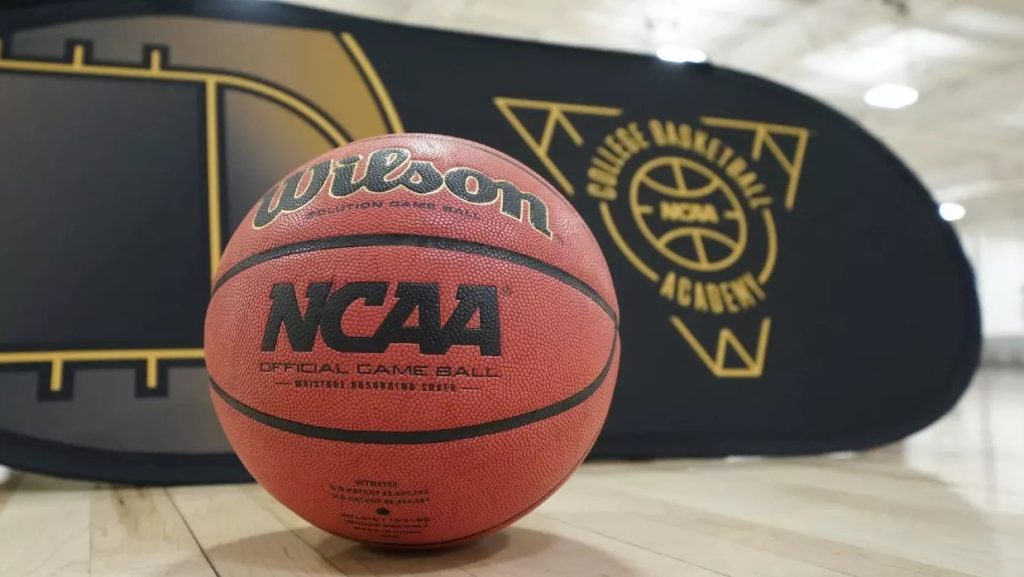The basketball ring—also known as the basketball hoop or rim—is a small yet crucial part of the game. Whether you’re shooting three-pointers or executing a powerful slam dunk, your accuracy is judged by a precise and standardized target: the ring. While it might seem like a minor detail, the diameter of the basketball ring plays a major role in scoring, shooting techniques, and gameplay consistency across all levels.

Table of Contents
This article dives deep into the standard size of basketball rings, the logic behind the dimensions, comparisons across different levels (NBA, NCAA, FIBA, high school), and how it impacts players and the game itself.
1. Standard Diameter of a Basketball Ring
The official diameter of a basketball ring is:
18 inches (45.72 centimeters)
This size is universally accepted across most basketball organizations, including:
- NBA (National Basketball Association)
- FIBA (International Basketball Federation)
- NCAA (College Basketball)
- NFHS (High School Basketball)
Standard Basketball Ring Dimensions

| Measurement | Imperial | Metric |
|---|---|---|
| Internal Diameter | 18 inches | 45.72 cm |
| Rim Thickness | 5/8 inch | 1.59 cm |
| Rim Height from Floor | 10 feet | 3.05 meters |
| Backboard Width | 72 inches | 183 cm |
| Backboard Height | 42 inches | 110 cm |
2. Why 18 Inches?
The choice of 18 inches was not random. It ensures a perfect balance between challenge and achievability. A standard men’s basketball has a diameter of about 9.5 inches (24 cm), meaning there’s only about 4.25 inches of clearance on each side when the ball enters the hoop perfectly.
This size:
- Makes scoring rewarding but difficult
- Allows for trick shots and dunks
- Is standardized for fairness across all competitive levels
Basketball Size vs. Rim Size
| Type of Ball | Ball Diameter | Ring Diameter | Clearance Space (Each Side) |
|---|---|---|---|
| Men’s Basketball | 9.5 in (24 cm) | 18 in (45.72 cm) | ~4.25 in (10.8 cm) |
| Women’s Basketball | 9.07 in (23 cm) | 18 in (45.72 cm) | ~4.46 in (11.3 cm) |
| Youth Basketball | 7.5–8.5 in | 18 in | ~4.75–5.25 in |
3. Ring Size Across Different Leagues
Basketball Ring Standards by League
| League/Level | Ring Diameter | Rim Height | Rim Type | Notes |
|---|---|---|---|---|
| NBA | 18 in | 10 ft | Breakaway Steel | Used with 7.5 lb net resistance |
| FIBA | 18 in | 10 ft | Spring-Loaded Rim | Used worldwide, same standard |
| NCAA (College) | 18 in | 10 ft | Breakaway Rim | Slightly different net tension |
| High School (USA) | 18 in | 10 ft | Standard Steel Rim | Consistent nationwide |
| Youth Leagues | 18 in (some use 16 in) | 8–9 ft (adjustable) | Basic Steel Rim | Lower height for young players |
4. Types of Basketball Rims

Though the diameter remains constant, rims themselves may vary in structure and flexibility. Here are the most common types:
a. Standard Rim
- Fixed, rigid steel
- Common in lower-level gyms or practice courts
- No flexibility—can injure players during dunks
b. Breakaway Rim
- Spring-loaded, bends downward under pressure
- Used in NBA, college, and high-level high school games
- Prevents injuries and rim damage from dunks
c. Double Rim
- Two rings stacked for reinforcement
- Common in outdoor courts
- Makes scoring harder—forces better shooting arc
Comparison of Rim Types
| Rim Type | Flexibility | Durability | Common Use | Impact on Gameplay |
|---|---|---|---|---|
| Standard | None | Moderate | Schools, rec centers | High risk for dunkers |
| Breakaway | High | High | NBA, NCAA | Safe, encourages dunking |
| Double Rim | Low | Very High | Outdoor/public courts | Tougher scoring, durable |
5. How Rim Size Affects the Game
While every competitive game uses the same 18-inch rim, how the rim is constructed and its height (especially in youth play) changes the style and difficulty of the game.
Shooting Accuracy
The limited clearance demands accuracy and a high arc. A flat shot often hits the rim and bounces out.
Dunking and Layups
The rim’s size and material affect how forgiving it is during physical contact or aggressive drives.
Ball Rebound
Stiffer rims cause quicker, longer rebounds. Spring-loaded rims absorb energy, often creating softer bounces.
6. Rim Maintenance and Standards

Even a 0.5-inch deviation in rim diameter or alignment can drastically affect play, especially at competitive levels. That’s why:
- Professional rims are laser-aligned
- NBA officials inspect rims before every game
- Net tension and rim spring resistance are regulated
Regulation guidelines:
- Rim should not vary more than ±0.5 cm
- Must return to horizontal within 2 seconds after a dunk
- The hoop must be centered 15 inches (38.1 cm) from the backboard base
7. Misconceptions About Rim Sizes
Here are some common myths:
- ❌ “College rims are smaller than NBA rims.”
➤ All professional and college rims are exactly 18 inches in diameter. - ❌ “Women’s basketball uses a smaller hoop.”
➤ Same ring size; only the ball is slightly smaller. - ❌ “Double rims are bigger.”
➤ Double rims have more depth, not a larger diameter.
8. Choosing the Right Rim for Home or Practice
If you’re looking to install a rim at home, consider your goals:
Choosing the Right Rim Type

| Player Type | Recommended Rim | Reason |
|---|---|---|
| Young Children | Adjustable + Standard | Encourages early coordination |
| Casual Players | Standard or Breakaway | Affordable and safe |
| Dunkers | Breakaway | Protects wrist and rim |
| Outdoor Use | Double Rim | High durability in harsh conditions |
| Competitors | Regulation Breakaway | Mimics pro-game experience |
The 18-inch diameter of a basketball ring is a cornerstone of consistency in the sport. It challenges players to develop skill, precision, and mental sharpness. While the dimensions remain fixed across all professional leagues, the structure, height (in youth leagues), and surrounding equipment can all influence the experience of the game.
Understanding these nuances helps players, coaches, and fans appreciate how a seemingly simple metal ring defines the outcomes of thrilling contests, historic comebacks, and buzzer-beaters.


